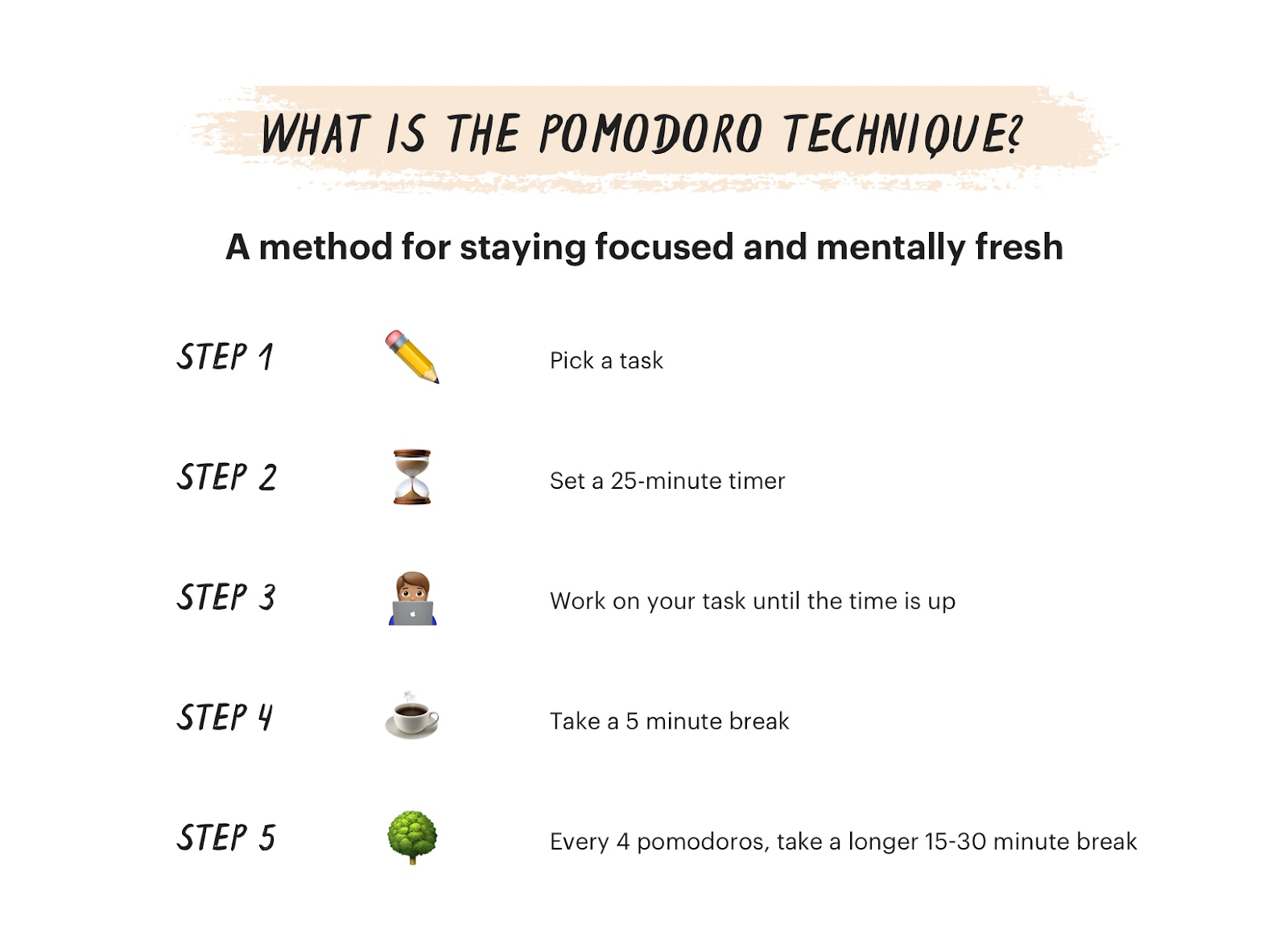We live in an increasingly productivity-obsessed world, which leads many employees to feel overwhelmed with their schedules and workload – both at home and in the workplace. It’s not uncommon for teams to feel like there’s simply not enough time in the day to accomplish all of their tasks and initiatives.
While this feeling is common for many workers, leaders should be attuned to this sentiment, as combating it early can aid in avoiding burnout and improving mental health at work.
Another critical concern to address is why your team is feeling this way: Are they focused on the right tasks? Or are they getting bogged down with menial work that distracts from their highest priority objectives? How can you help your team feel like they have enough time in the day for everything they need to do?
Keep reading for some tips on helping your team succeed in time management and focus on the right work.
Help your team stop thinking there’s not enough time in the day
1. Collect and analyze data to find out where your team’s time is going.
First things first — assess where your team’s time is going with a time audit! The results will likely surprise you. To complete a time audit, you’ll need a time tracking app to track how much time employees are spending on what tasks, versus how their time is intended to be spent. Follow these steps and use this template to complete your time audit.
2. Be real about how much time for productive activities your team truly has in a day.
Full-time employees are at work for eight hours a day, but not every one of those hours is going toward meaningful work. In fact, research shows workers are only productive for about three hours per day. The un-productive time is absorbed by:
- Emails and chats
- Meetings
- Administrative tasks
- Non-essential interruptions
- Breaks
As a leader, you can take this information to gauge whether the meeting you’re proposing is essential, if you’re sending too many emails, and if your internal communication channels are a little too active (see #5!).
MORE: Should this meeting be an email?
3. Help your team prioritize core initiatives.
You know what the highest priority initiatives are — but is your team on the same page, too? Try a goal-setting framework like OKR that is used to align teams on the most important initiatives. It brings accountability and transparency to priority-setting while empowering team members to decline tasks or projects that do not fall within your association’s core goals and objectives.
4. Empower your team to schedule uninterrupted work time.
Sure, fires happen from time to time. But every new item on the to-do list shouldn’t have to be tackled immediately. When employees respond to every new task request that comes their way, they derail their progress on bigger initiatives.
Plus, each distraction takes significant time to recover from — studies show it takes an average of 23.25 minutes to get back on track after a distraction! Try using a shared team calendar to block out these moments of intense, uninterrupted focus so everyone knows not to disturb that time.
5. Manage communications.
Does your organization have an active Slack chat? If so, set clear expectations on appropriate response times. If immediate replies are expected, then anticipate Slack being a major time-suck for your team. By creating a culture in which longer response times are acceptable, you’re providing your team with more time for heads-down, productive work.
6. Discourage multitasking.
It may sound ideal to be able to get multiple things done at once, but multitasking is not actually as productive as it seems. Multitasking can reduce productivity and impair cognitive processes. Your team will be more productive and feel like there is enough time in the day when they stop trying to do multiple tasks at once. Try the Pomodoro Technique to stay focused on one thing at a time. See a how-to graphic below from Todoist:

7. Keep meetings short and focused.
If you’ve determined a meeting needs to be held and won’t be sufficiently addressed in an email, keep your invitee list short and essential. Don’t invite the whole team to every meeting — you’re taking productive time out of their day. Additionally, create an agenda for every meeting that you stick to firmly. End the meeting at the designated stop time, and let your team get back to work on their core initiatives.
Conclusion
When your team is feeling like there’s not enough time in the day, you can help them in a variety of ways. From auditing what’s on their plate and what’s most essential to keeping meetings and communications brief and to the point, you can empower your team to work more productively than ever. Maintaining course can lead to employee burnout and turnover, which no leader wants!
Have you experienced this in your organization? How did you overcome it? We’d love to hear from you!
Tags:
Empower Yourself
July 28, 2021


